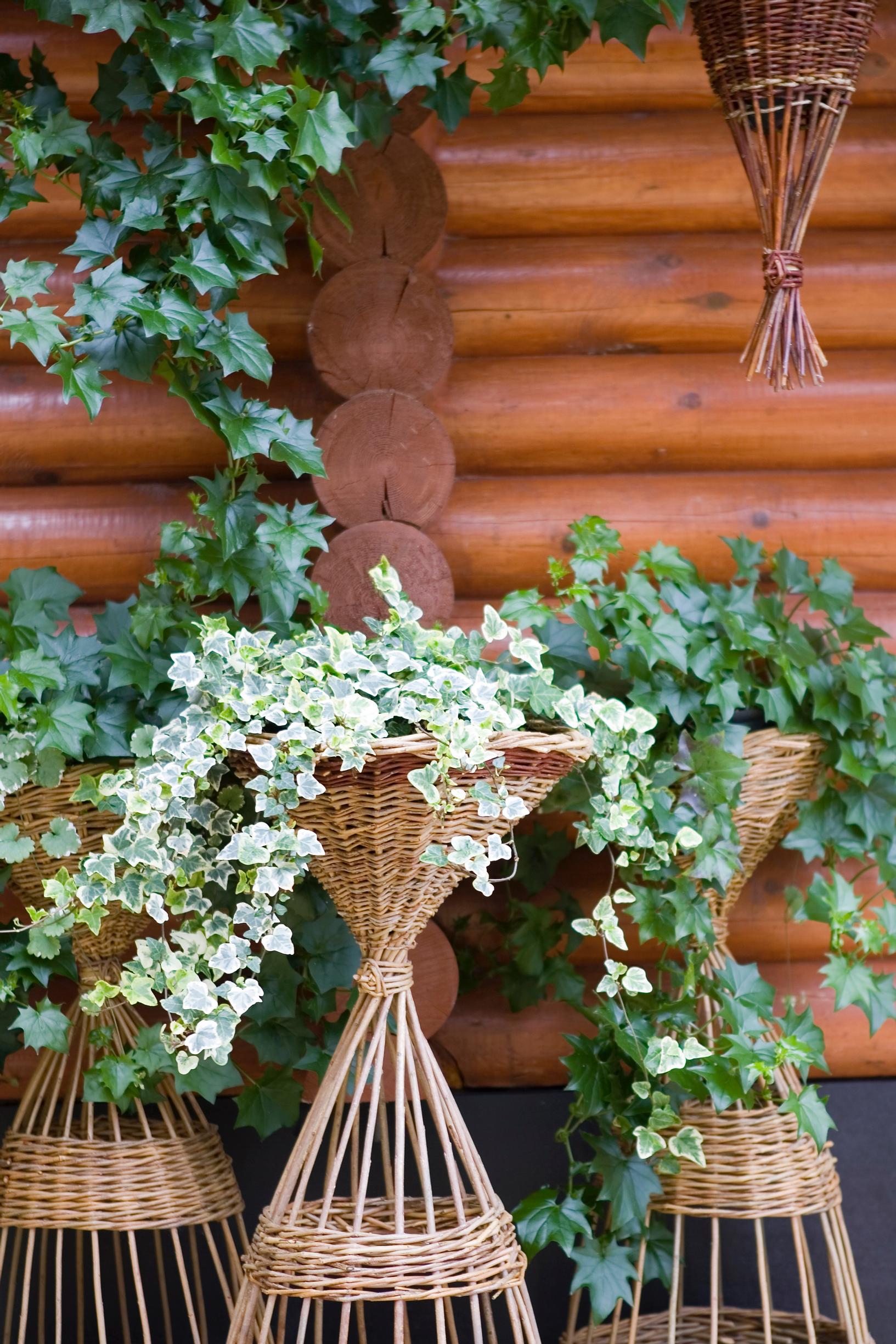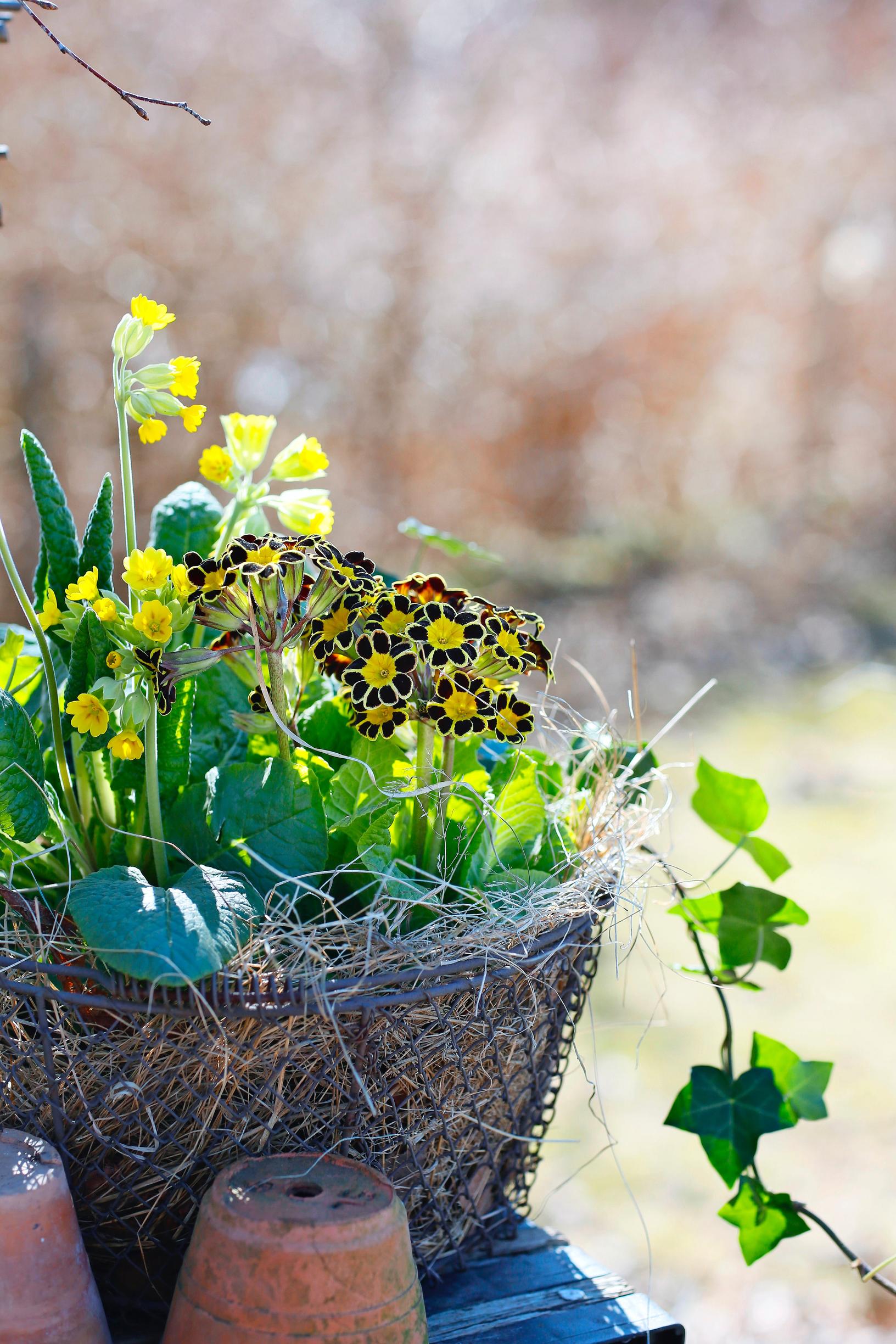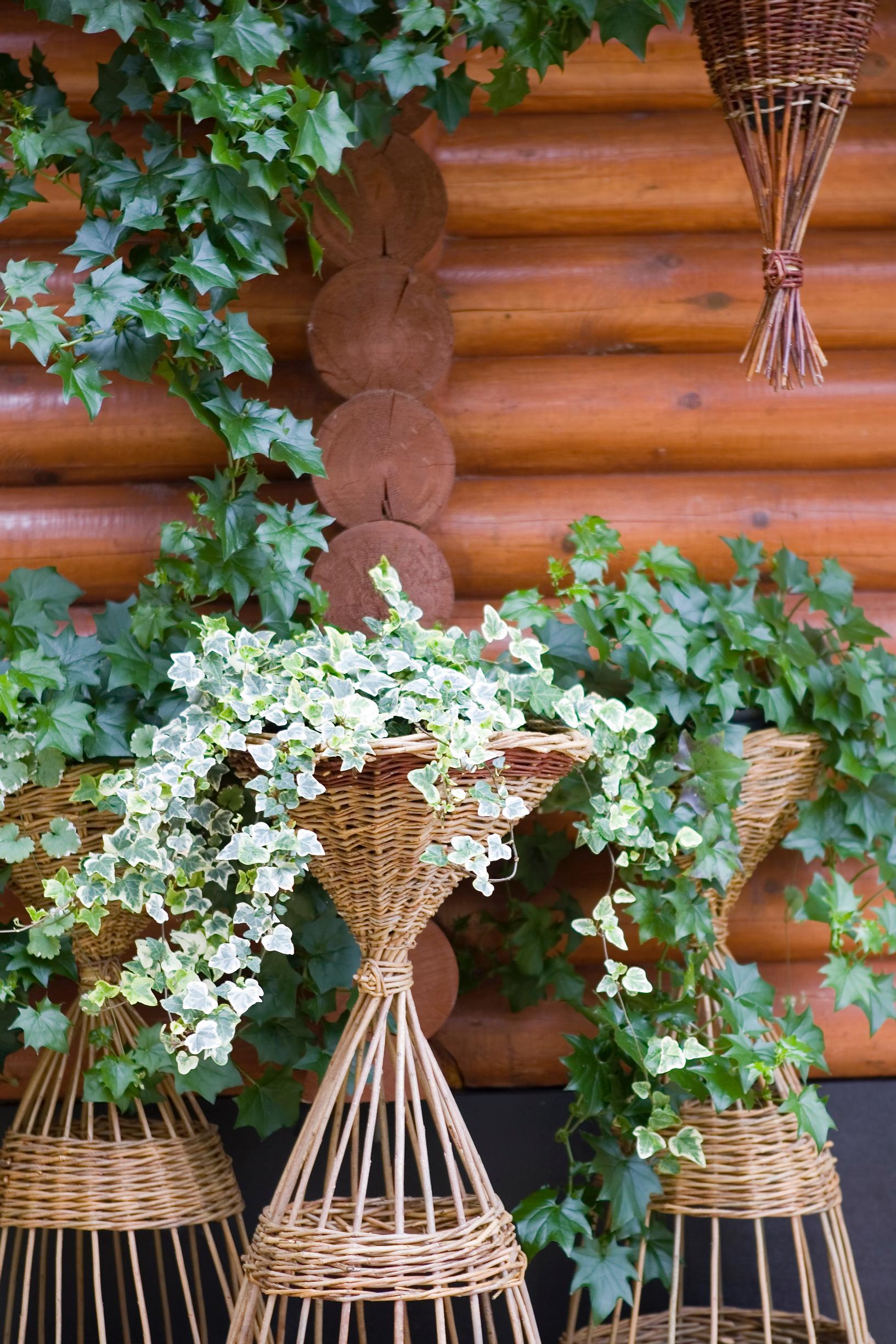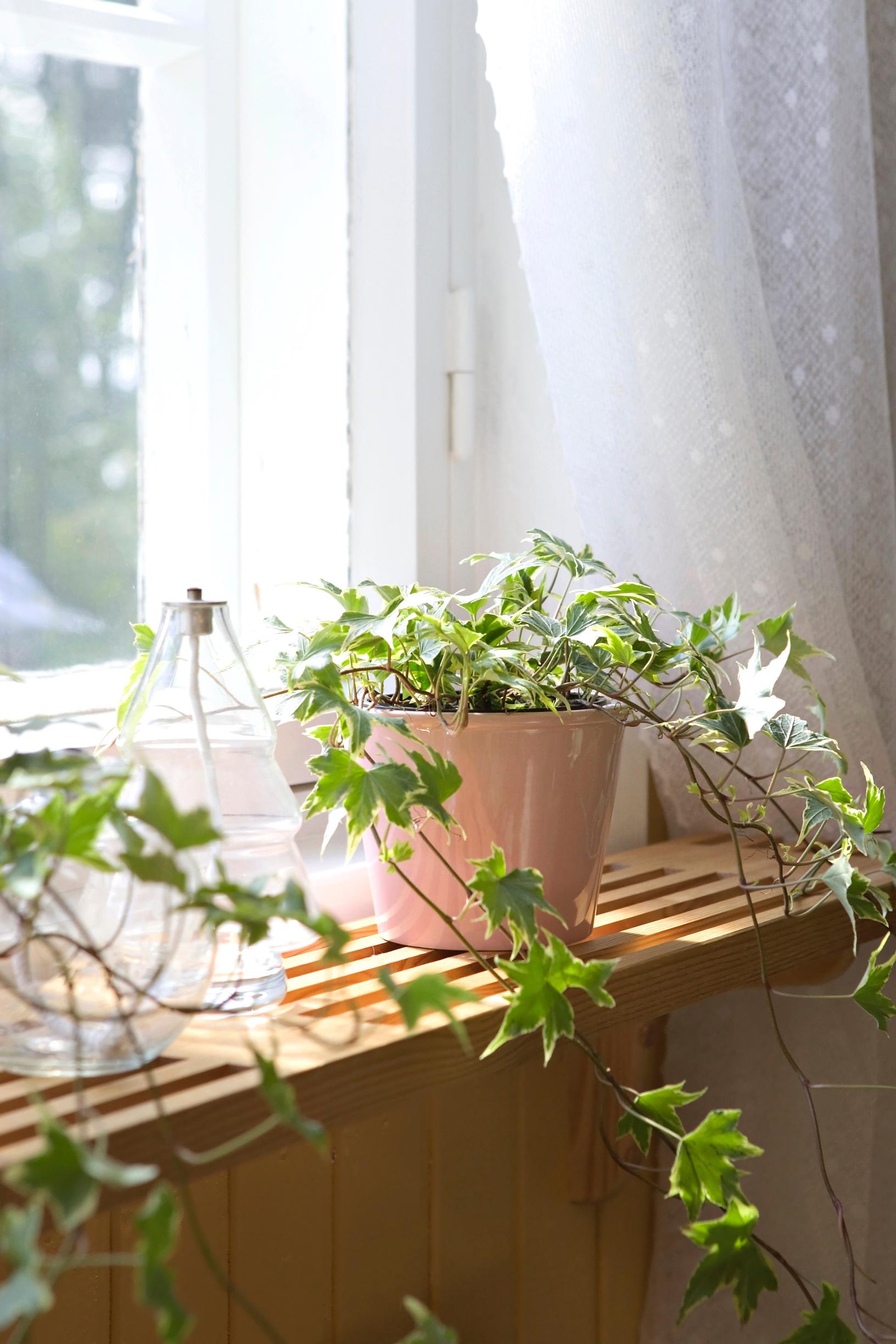
Ivy is ideal both as a houseplant and for outdoor planting—see instructions for growing and caring for ivy
Ivy is grown indoors, alongside summer flowers and autumn ornamental plants, outdoors as a perennial groundcover, or as a decorative accent in wreaths and vases. Read these instructions to help your ivy flourish both indoors and out!
Ivy as a houseplant
Ivy’s growing location
Ivy thrives in partial or full shade, such as an east- or north-facing window. Variegated varieties prefer brighter spots than green-leafed ones. During the darkest months, you can move it to a brighter window.
Suitable temperature
Green-leafed varieties grow best at around 15–18°C during the growing season, ideally 5–10°C in winter. Variegated varieties need a warmer spot in the growing season and prefer 18–20°C in winter.
Air humidity
Ivy likes humid air, so mist it with water regularly, especially in winter. Avoid placing it near a radiator, where the air is hot and dry, as that can dehydrate the leaves. Spider mites, thrips, and scale insects may also attack a weakened plant.

Watering ivy
Water the soil thoroughly, but let the surface dry slightly between watering rounds.
Fertilizing ivy
Fertilize once a week from March to September with a water-soluble product intended for foliage plants, following the package instructions.
Propagating ivy
Take a tip cutting. Remove the lowest leaves and place the cutting in moist seed-starting mix. Keep it in a warm spot and maintain even moisture. A plastic cover can help it root. It usually takes about four to six weeks for ivy to root.

Caring for ivy outdoors
Ivy’s growing location outdoors
Ivy thrives in partial or full shade in a sheltered spot. The soil should be fertile but must not allow water to pool in winter.
Watering ivy outdoors
Make sure the spot doesn’t dry out in summer. Water ivy generously, especially in dry periods.
Fertilizing ivy outdoors
Add lime to the soil because ivy thrives on it. Fertilize with an organic product that maintains good humus content.
Protecting ivy outdoors
If autumn is snowless and frost is severe, protect the plant with spruce branches. Snow typically provides good cover during a typical winter, and fallen fall leaves also help.
Propagating ivy outdoors
When trailing along the ground, ivy’s stems root as they spread. Separate these rooted sections from the main stem.
Overwintering ivy
Overwintering ivy outdoors, when grown as a summer flower, is worth trying if you can’t keep it as a houseplant. With outdoor-grown shade ivy, typically only the parts above the snow level exposed to frost will die back over winter. That’s why shade ivy overwinters better in the ground than in a hanging basket or on a wall.

Ivy problems
What to do if ivy develops thin webbing?
This is caused by spider mites, which are about half a millimeter long and feed on the undersides of leaves. The damage first appears as small pale spots, and eventually the leaves turn yellow, dry out, and become covered in webbing.
Spider mites especially trouble plants that suffer from dryness or very dry indoor air, or otherwise weakened plants. Ivy is often attacked in dry indoor conditions. Misting or occasionally showering the plant can help prevent them.
Control spider mites with a spray containing natural pyrethrin, and treat the ivy several times so new generations won’t hatch from the eggs.
Another option is to order predatory mites for home gardeners, which will keep the spider mites in check.

What’s up with ivy if it’s exuding sticky sap?
These symptoms suggest scale insects, which can multiply in perennial plants and cause trouble. Both indoor and outdoor ivy can be affected.
That sticky fluid is the scale insects’ excretion. They suck sap from the plant and then excrete excess sugar. Aphids do the same, but they’re larger, so you’d likely notice them on the plant.
Scale insects are notoriously difficult to remove. A gentle approach is to use repeated soft-soap sprays: dissolve 5–10 grams or 1–2 percent of soft soap in a liter of lukewarm water. Make sure to spray both sides of the leaves and all around the stems. You can also brush scale insects off the plant.


